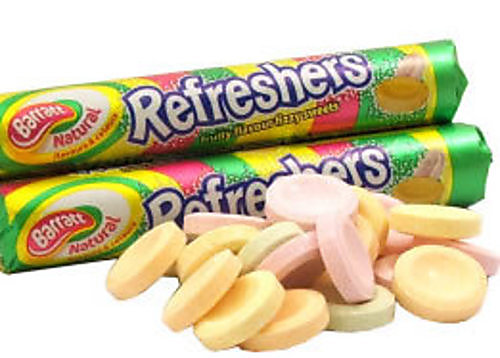I'm aware of the fact that I'm about to be crucified for saying this, but are "American hops" really so fundamentally different? I recently made a "Timothy Taylor Landlord"-inspired English Pale Ale that used a generous amount of Celeia (or Styrian Golding) in the whirlpool: that stuff is quite citrusy. Maybe even juicy.
Sure, Celeia doesn't come close to hops like Citra, but it's not like those newer varieties came about when a hop plant had intercourse with a pineapple. Many "classical" hop varieties share these aromatics, to some extent, and their expression is often a matter of dosage. This is supported by some of the "Hop Chronicles" posts on brulosophy, where a Pale Ale hopped to oblivion with a classical variety will come out as, well, a Pale Ale, with citrus and tropical fruits.
So, yeah, I'll stick to the more classic varieties if I want to make an English Ale, but most of all I'll shoot for balance of the various components.
Not all American hops are fundamentally different, but those that are can be quite off-putting to some British drinkers. Liberty is a lovely hop that comfortably fits into an English style beer, but some American hops raise the hairs on the back of my neck while numbing my taste buds for the rest of that drinking session. There are however many British who like such beers, look out for them and are disappointed when they are not available and are not equally turned on by something finished with Styrian Goldings.
Citra is a good example for discussion as it is used, often exclusively, in a number of British beers that attract a substantial following. Few, if any, of those could be classed as a British style and some people, including myself, buy and drink them only to confirm they still don't rank amongst better loved beers. I think it is from this point there might be a divide between British and American beer trends as it seems likely homebrewers in America influence trends than than in UK.
Probably the majority of beers in both Britain and America are likely very similar, filtered, pasteurize, carbonated and at temperatures to reduce an already low tasting beer that offers little but thirst quenching and inebriating qualities. Cask beer (real ale) still popular in UK, is live and unfiltered at temperature and carbonation levels that don't impair human taste sensors, providing flavors that demand savoring. Offerings on this forum prove how influential American homebrewers have been on world beers in recent times, including Pale Ales hopped to oblivion. However, while those remain Pale ales, they are American Pale Ales and many British breweries have responded by brewing those as an extra to their range. How long this might continue remains to be seen. There is demand on the eastern side of the Atlantic for American styles, but those using 3 times as many hops that are already 3 times more expensive could in time prove too expensive for some brewers and drinkers alike.
Meanwhile, quite a lot of hazy beers are also being produced by some of the newer micro breweries in UK, and they have a following. I feel those will likely be short lived as prices are higher than for traditional cask ale and I'm not sure what proportion of those brewers know how to brew a clear beer.
As you some up, a balanced beer will always find its way to a drinker.























































![Craft A Brew - Safale S-04 Dry Yeast - Fermentis - English Ale Dry Yeast - For English and American Ales and Hard Apple Ciders - Ingredients for Home Brewing - Beer Making Supplies - [1 Pack]](https://m.media-amazon.com/images/I/41fVGNh6JfL._SL500_.jpg)




